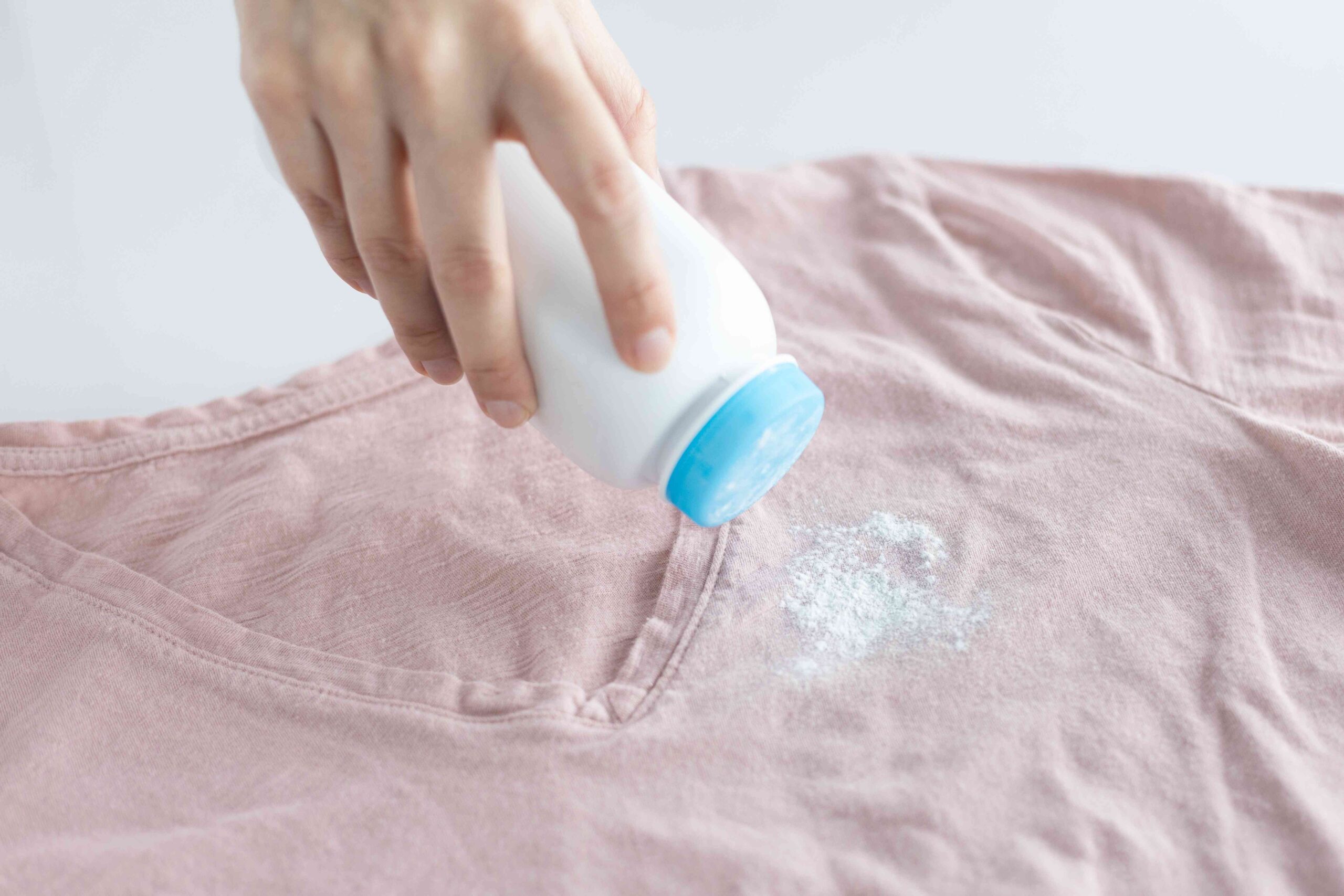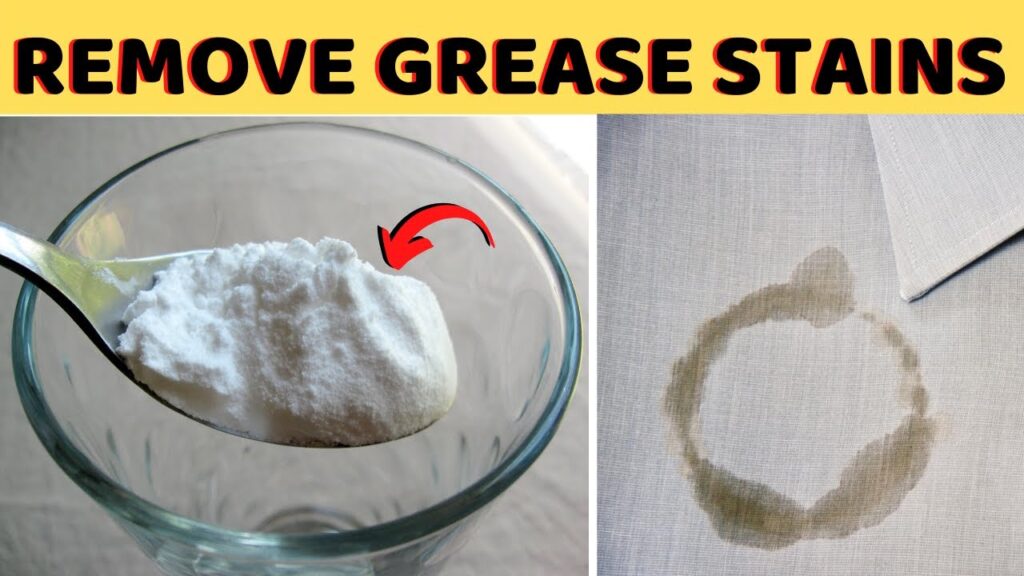Grease stains. The nemesis of every cook, mechanic, and anyone who dares to enjoy a delicious, potentially messy meal. That seemingly innocuous splattering of oil or the insidious seep of butter can quickly transform a favorite shirt into a culinary crime scene. The frustration is palpable: a perfectly good garment, ruined by a seemingly insignificant accident. But despair not! Removing grease stains doesn’t have to be a battle lost before it’s begun. This comprehensive guide will equip you with the knowledge and techniques to tackle those greasy foes head-on, reclaiming your clothing from the clutches of oil and fat. We’ll explore various methods, from simple home remedies to more advanced stain removal techniques, considering different fabric types and the specific nature of the grease itself. Whether it’s a fresh spill or a stubborn old stain, we’ll navigate the complexities of grease stain removal, offering practical advice and actionable steps to restore your garments to their former glory. By the end of this guide, you’ll be a grease-stain-removal expert, confident in your ability to handle any oily mishap that comes your way. So, let’s dive in and conquer those greasy invaders!
Understanding Grease Stains: Types and Challenges
The Nature of Grease
Grease stains, unlike water-based stains, are oil-based. This means they don’t readily dissolve in water. The chemical structure of fats and oils makes them hydrophobic, meaning they repel water. This is why simply rinsing a grease stain with water is often ineffective. Different types of grease, such as vegetable oil, butter, motor oil, or even makeup, can have varying levels of viscosity and composition, impacting the best approach to removal.

Fabric Types and Their Reactions
The type of fabric significantly influences how a grease stain reacts and how it should be treated. Natural fibers like cotton and linen are often more absorbent, making them prone to deep penetration of grease. Synthetic fabrics, such as polyester or nylon, may resist absorption but can still be stained. Delicate fabrics like silk or wool require gentler methods to avoid damage.
Examples of Fabric Challenges:
- Cotton: Highly absorbent, making grease stains difficult to remove if not treated promptly.
- Silk: Requires delicate handling; harsh chemicals can damage the fibers.
- Polyester: Less absorbent than cotton, but grease can still adhere to the surface.
The Age of the Stain Matters
Fresh grease stains are significantly easier to remove than older, set-in stains. The longer a grease stain sits, the more it penetrates the fabric fibers, making it increasingly difficult to lift. Prompt action is crucial for successful stain removal. Older stains may require more aggressive techniques, increasing the risk of fabric damage. Time is of the essence when dealing with grease stains.
Home Remedies for Grease Stain Removal
Dish Soap and Water: A Classic Approach
Dish soap is a powerful grease-cutting agent. Its surfactants break down the oily molecules, making them easier to remove. Apply a small amount of dish soap directly to the stain, gently rub it in, and then launder the garment as usual. For stubborn stains, let the soap sit on the stain for 30 minutes before washing. This method works best on fresh stains and is safe for most fabrics. Always test a small, inconspicuous area first to ensure the soap doesn’t damage the fabric.
Baking Soda: The Absorbent Solution
Baking soda is a mild abrasive and absorbent, making it useful for lifting grease from fabrics. Sprinkle a generous amount of baking soda onto the fresh stain, letting it sit for several hours or overnight to absorb the grease. Then, vacuum or brush away the baking soda and launder the garment. This method is particularly effective for less oily stains.
Other Effective Home Remedies:
- Cornstarch
- Talcum powder
- White chalk
These work similarly to baking soda, absorbing the grease before washing.
Using Solvent-Based Cleaners
For tougher stains, consider using solvent-based cleaners like dry cleaning fluid or rubbing alcohol. Always test these in an inconspicuous area first, as they can damage certain fabrics. Apply a small amount to a clean cloth and gently blot the stain, working from the outside in to prevent spreading. Rinse thoroughly with cold water and launder as usual. Use these methods with caution, and always follow the product instructions carefully.
Advanced Techniques for Stubborn Grease Stains
Pre-Treating with Stain Removers
Commercial stain removers often contain powerful enzymes that break down grease molecules. Follow the product instructions carefully. Apply the stain remover directly to the stain, let it sit for the recommended time, and then launder the garment. Many commercial products are specifically designed for grease and oil stains. Check the label to ensure compatibility with your fabric type.
Using a Laundry Pre-Soak
Soaking the garment in a mixture of warm water and laundry detergent before washing can significantly improve stain removal. Let the garment soak for at least 30 minutes, or even overnight for stubborn stains. This allows the detergent to penetrate the fabric and break down the grease. Avoid using hot water, as it can set the stain.
| Method | Effectiveness | Fabric Suitability | Safety Precautions |
|---|---|---|---|
| Dish Soap | Good for fresh stains | Most fabrics | Test in inconspicuous area |
| Baking Soda | Good for light stains | Most fabrics | None |
| Dry Cleaning Fluid | Excellent for tough stains | Most fabrics (test first!) | Well-ventilated area, avoid contact with skin |
| Commercial Stain Remover | Varies by product | Check product label | Follow product instructions |
Professional Dry Cleaning: When to Seek Expert Help
For extremely stubborn or delicate garments, it’s best to seek professional dry cleaning services. Dry cleaners have specialized equipment and solvents designed for effective stain removal without damaging the fabric. This is especially recommended for valuable or delicate items such as silk dresses or wool coats. Always inform the dry cleaner about the nature and age of the stain.
Summary and Recap
Removing grease stains effectively depends on several factors, including the type of grease, the fabric of the garment, and the age of the stain. Prompt action is crucial for success. Simple home remedies like dish soap and baking soda are effective for fresh stains and are safe for most fabrics. For stubborn stains, more aggressive methods such as solvent-based cleaners or commercial stain removers may be necessary. Always test any cleaning solution on an inconspicuous area before applying it to the entire stain. Remember to follow the product instructions carefully and to consider professional dry cleaning for delicate or valuable items.
- Act quickly: Fresh stains are easier to remove.
- Choose the right method: Different methods suit different stains and fabrics.
- Always test: Prevent damage by testing cleaning solutions beforehand.
- Professional help: Consider dry cleaning for delicate or stubborn stains.
By understanding the nature of grease stains and employing the appropriate techniques, you can successfully remove those pesky marks and keep your clothes looking their best. Remember, patience and persistence are key to victory in the battle against grease stains!
Frequently Asked Questions (FAQs)
Can I use hot water to remove a grease stain?
No, hot water can actually set grease stains, making them much harder to remove. Always use cold or lukewarm water.
What should I do if I’m unsure about the fabric type?
If you’re unsure about the fabric composition, it’s best to err on the side of caution and use a gentle cleaning method, such as applying dish soap and blotting with a damp cloth. Test any cleaning solution on a hidden area of the garment first.
My grease stain has yellowed. Can it still be removed?
Yellowing indicates the stain has oxidized. This makes it more challenging to remove, but not impossible. Try using a stronger stain remover or a solvent-based cleaner, following the product instructions carefully and testing on an inconspicuous area first. Professional dry cleaning may be necessary.
How do I prevent grease stains in the future?
Preventing grease stains involves carefulness and preparation. Use placemats and napkins when eating, and cover work surfaces when working with oily substances. If a spill occurs, act quickly to blot up excess grease before it sets.
Can I put a grease-stained garment in the dryer?
No, never put a garment with a grease stain in the dryer before attempting to remove the stain. The heat will set the stain, making it virtually impossible to remove. Always allow the garment to air dry completely after cleaning.



